As one grows older, pores start becoming a matter of concern for many people with certain skin types. The longer you stare at it, the larger it appears. But the silver lining is that while you can't actually shrink the pores forever, there are definitely ways to make them look way less noticeable. Let’s explore this comprehensive guide on the recommendations of dermatologists about the ingredients that make a difference, and how to layer in some great face products.
Why Do Pores Look Big
Pores become unavoidable after a certain age and are a common complaint among adults. Essentially, pores are tiny channels that your skin needs to let the oil and sweat escape, explains dermatologist Melisa Piliang. While the expectation among young adults today is to achieve flawless, glass skin, pores are in fact NORMAL! However, there are a few things that make them appear more obvious:
-
Genetics and skin type; oily skin often means more visible pore openings.
-
Sun damage weakens collagen around each pore, making them look wider.
-
Aging: As skin loses firmness, pores tend to look more prominent
The Smart Way to Treat Large Pores
While there’s no magic potion for shrinking pores permanently, these dermatologist-backed strategies may help visibly minimize pores:
1. Deep-cleansing with the Right Face Wash
Use a dermatologist- recommended face wash with gentle exfoliating acids to clear out oil and gunk. A gentle dermatologist recommended facewash like SkinMumma Truite Salicylic Acid Face Wash helps to gently exfoliate and control the oil.
It uses ingredients such as salicylic acid to penetrate and unclog pores. It contains niacinamide and tea tree oil that control oil and calm the skin. Its gentle components leave your skin feeling balanced, without stripping your skin of its natural oils.
2. Serums that Help Refine Texture
Here's where the recommended face serums come in:
-
Niacinamide: If you’re only going to pick one serum for large pores, make it niacinamide. This vitamin B3 derivative is one of the best skincare ingredients for pore size because it balances oil production and improves skin elasticity. This makes pores look tighter and calms redness and strengthens the skin barrier. In fact, a few studies indicate visible pore size can be diminished by almost 20% following consistent use of niacinamide. It is light to the touch, non-comedogenic, non-irritating, and fits in well with every skin type.
-
Retinol: Once you reach a certain age, retinol should ideally become your holy grail product. Retinol accelerates cell turnover and boosts collagen production. Why is any of this relevant for pores? When the skin is firmer and smoother, pores automatically appear smaller and less noticeable. Retinol serums are a long-term method, and most can expect results after 12 weeks. Just remember: Retinol could be irritating at first, so give your skin a little time to adjust. Also, never skip sunscreen when applying during the day.
-
Salicylic Acid: Salicylic acid (BHA) is oil-soluble, which means it can enter into pores and clear out sebum, dead skin, and impurities. That makes it effective for people with oily or acne-prone skin. Serums with salicylic acid work overtime by keeping pores clear long after cleansing. This makes it an essential tool in any large pore treatment plan.
-
Glycolic Acid: Glycolic Acid, an AHA, works on the surface of the skin to exfoliate dead cells. By exfoliating the dull and uneven layer on top, it helps to clarify the texture and makes enlarged pores look smaller. When added to serums, glycolic acid helps fade uneven spots and boosts brightness, so your skin looks smoother and naturally glowing.
-
Hyaluronic Acid: Think of hyaluronic acid as your skin’s hydration hero. While it doesn’t unclog pores, its plumping effect makes pores look smaller and fine lines fade, leaving your complexion soft, smooth, and radiant. A hydrating serum with hyaluronic acid fills in fine lines and smooths texture, making your whole complexion look softer.
3. Give it Time and Sunscreen
These ingredients work best with patience. You’ll typically see subtle improvements in 2–4 weeks and more noticeable results in 6–12 weeks. Also, sun protection is a must, it prevents collagen breakdown that can make pores look bigger over time.
Research-Backed Ingredient Pairings for Minimizing Pores
-
Niacinamide + Salicylic Acid
Niacinamide balances oil production and strengthens the skin barrier, while salicylic acid dives into pores to clear out oil and debris. Together, they reduce pore congestion without excessive dryness. Research cites that combining both improved skin smoothness and pore size appearance compared to using either alone.
-
Niacinamide + Retinol
A laboratory study from 2008 investigated how niacinamide interacts with retinoic acid (the active form of retinol once it’s converted in the skin). Researchers observed that niacinamide helped reduce the irritation and dryness commonly associated with retinoic acid use. Later, in 2017, another study reported that a retinol cream blended with hydrating ingredients, such as niacinamide, produced less skin irritation compared to a formulation containing retinol alone.
-
Glycolic Acid (AHA) + Hyaluronic Acid
Glycolic acid exfoliates the surface, removing dead cells that exaggerate pore size. Hyaluronic acid replenishes hydration afterward, preventing tightness or irritation. Studies show that AHAs improve texture and pore appearance, while HA increases skin hydration and elasticity when layered together.
What Not to Mix
-
Retinol + Glycolic/Salicylic Acid (same routine): Both are potent exfoliators. Using them together often causes redness, peeling, and barrier damage. Instead, use them alternatively, acids one night and retinol the next.
-
Multiple strong acids at once: For example, glycolic acid + salicylic acid in high concentrations can over-exfoliate and actually enlarge pores temporarily due to irritation.
Simple “Dermatologist-Approved” Routine Using These Pairings
Morning:
-
Cleanser
-
Niacinamide serum (pairs well with sunscreen)
-
Moisturizer + Sunscreen
Night (alternate evenings):
-
Night 1: Retinol + Hyaluronic Acid serum
-
Night 2: Glycolic Acid serum + Hyaluronic Acid serum
-
This keeps your skin consistently treated without overloading it.
A Realistic Note from Dermatologists
Dermatologists stress practicality when it comes to pore appearance. Because clogged, oily skin tends to make pores appear larger, the American Academy of Dermatology recommends cleansing twice-daily to help unclog pores and reduce oiliness.
They also suggest using only non-comedogenic and oil-free products. Additionally, they highlight retinol (also known as retinyl palmitate) as a helpful at-home treatment. When applied before bed, it can help firm and smooth skin, making pores less noticeable, though some people may initially experience irritation.
Conclusion
Giving your skin the proper care on a regular basis is more important for treating large pores than finding quick fixes. Pores can be significantly reduced and your skin can appear smoother and more refined by combining the proper face skin care ingredients; such as salicylic acid, niacinamide, retinol, and hyaluronic acid, with mild cleansing and SPF protection. Additionally, keep in mind that visible pores are completely normal. Even if you have pores, your skin will still be clear and confident with the correct routine.
FAQs:
1. Does serum shrink pores?
Not exactly. Serums can’t shrink pores permanently, but ingredients like niacinamide or salicylic acid can help make them look smaller by clearing buildup and controlling oil.
2. Can skincare reduce pore size?
Skincare can’t change your actual pore size, but it can reduce how visible they are. Cleansers, exfoliants, and pore-refining serums help keep pores clear and less noticeable.
3. Can vitamin C serum shrink pores?
Vitamin C doesn’t shrink pores, but it improves skin firmness and texture, which can make pores appear tighter and more refined over time.
4. What serum is best for reducing pores?
Look for serums with niacinamide, salicylic acid, or retinol. These ingredients help unclog pores, balance oil, and smooth skin for a more refined look.
5. Can a dermatologist reduce pore size?
Yes, a dermatologist can reduce how large your pores look using treatments like peels, lasers, or prescription retinoids that improve skin texture.
6. How do dermatologists reduce pore size?
They may use microneedling, chemical peels, or laser treatments to boost collagen and smooth the skin, which makes pores look smaller and tighter.


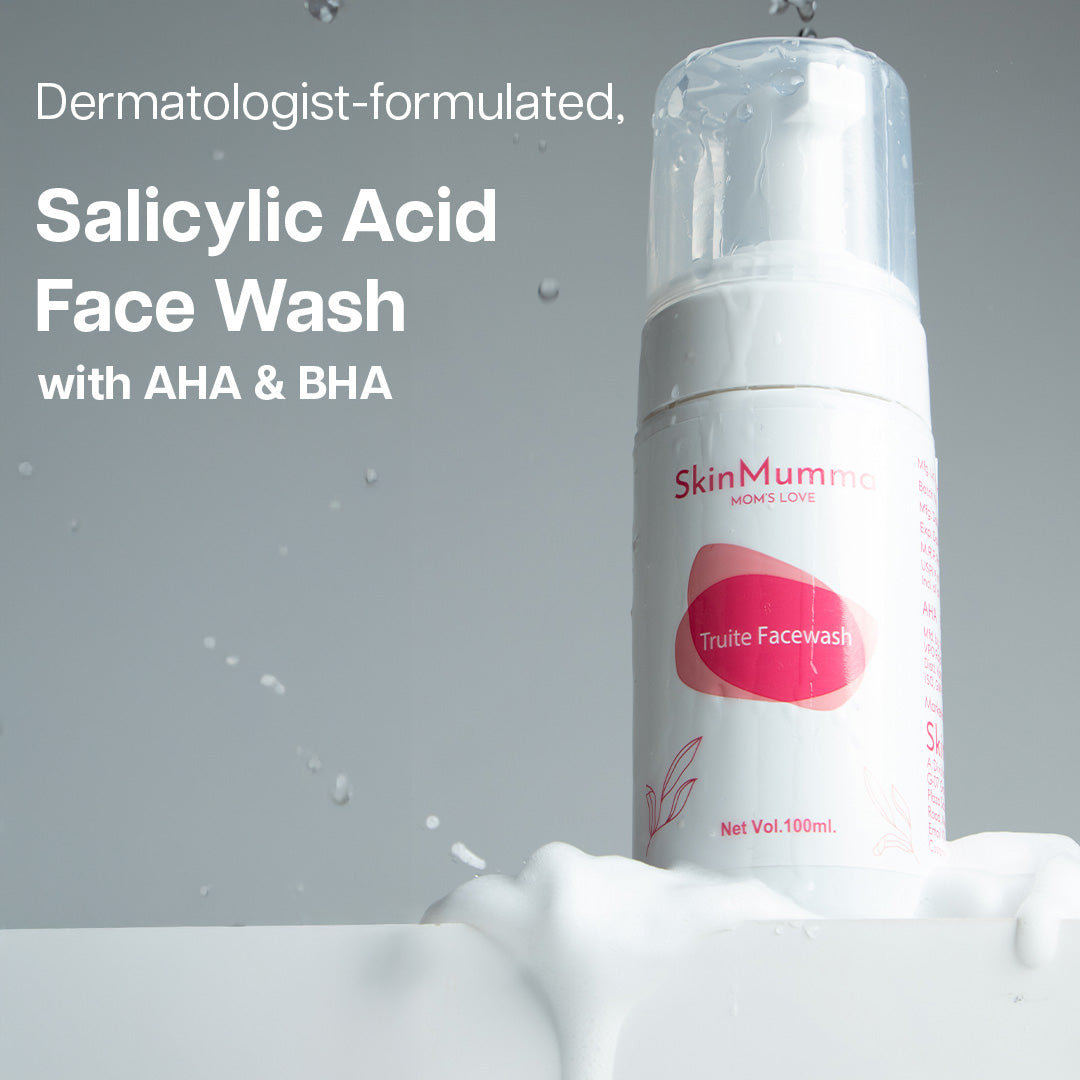
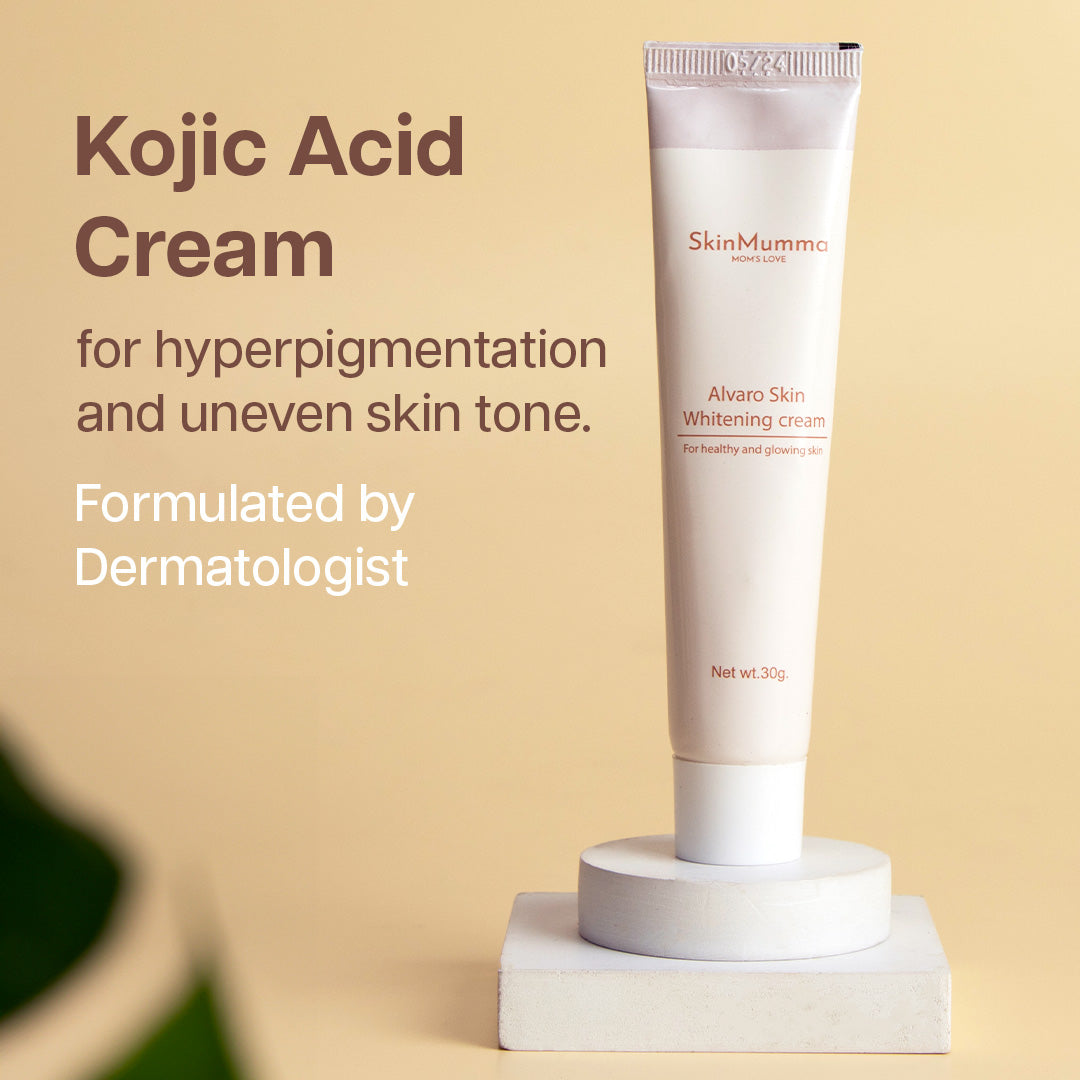
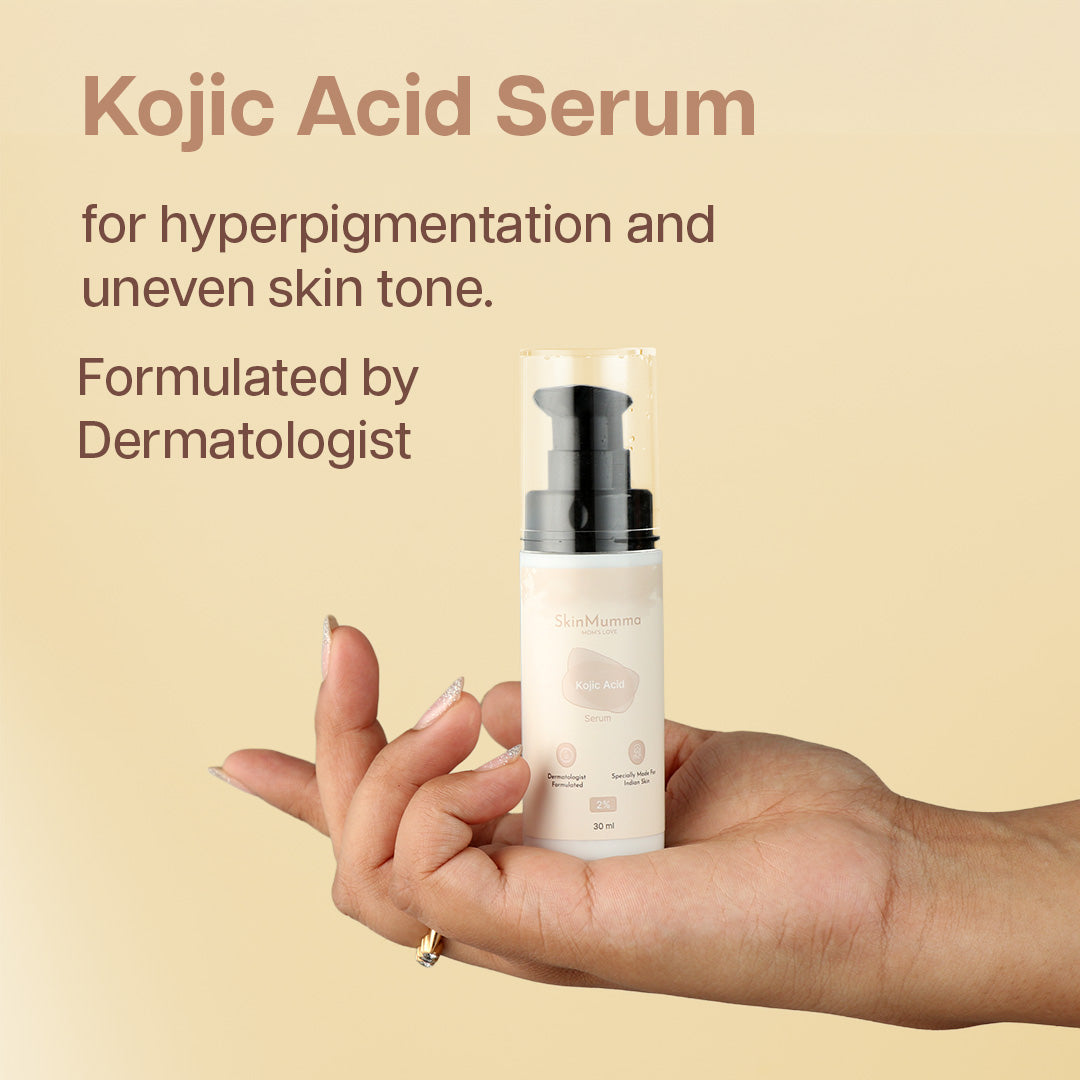
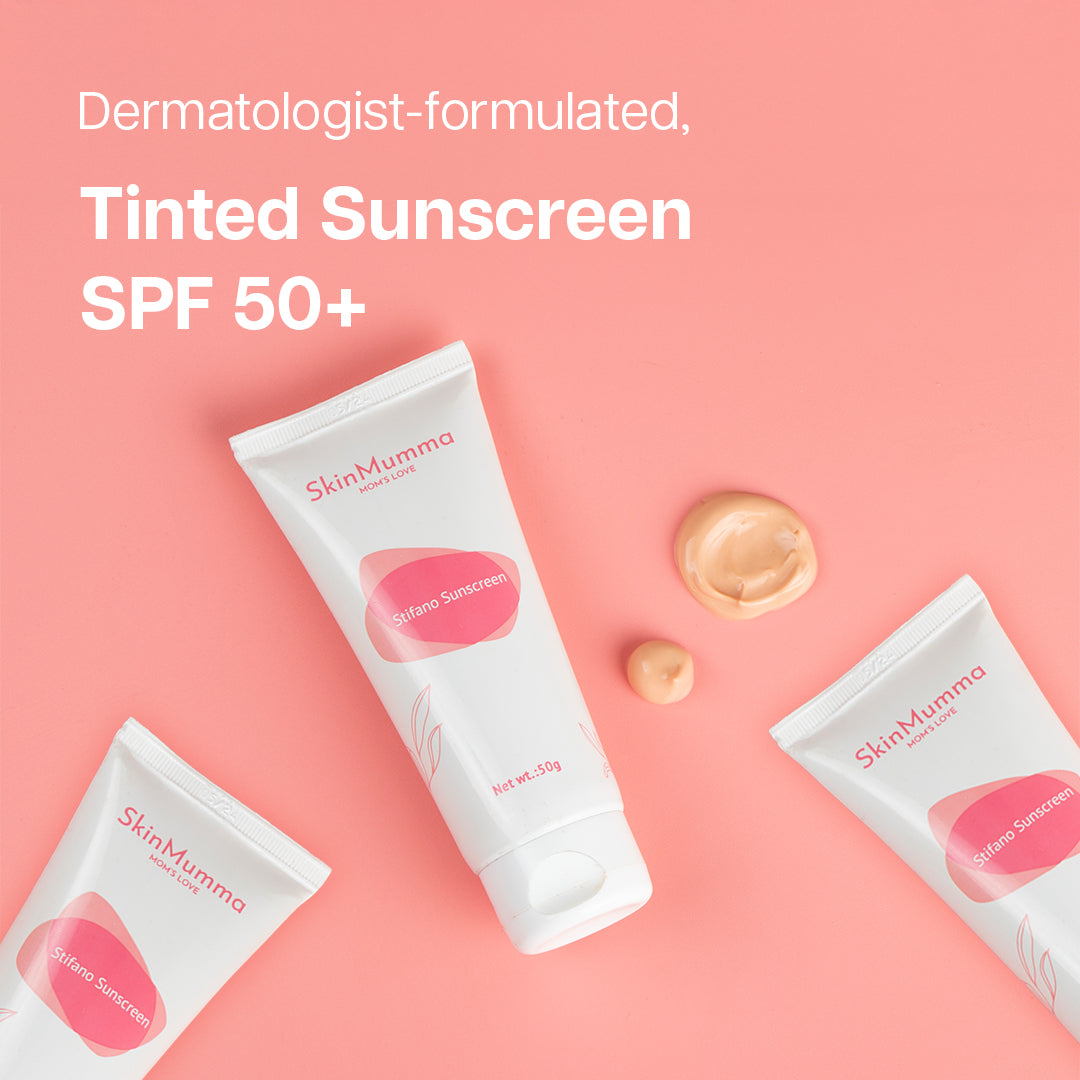
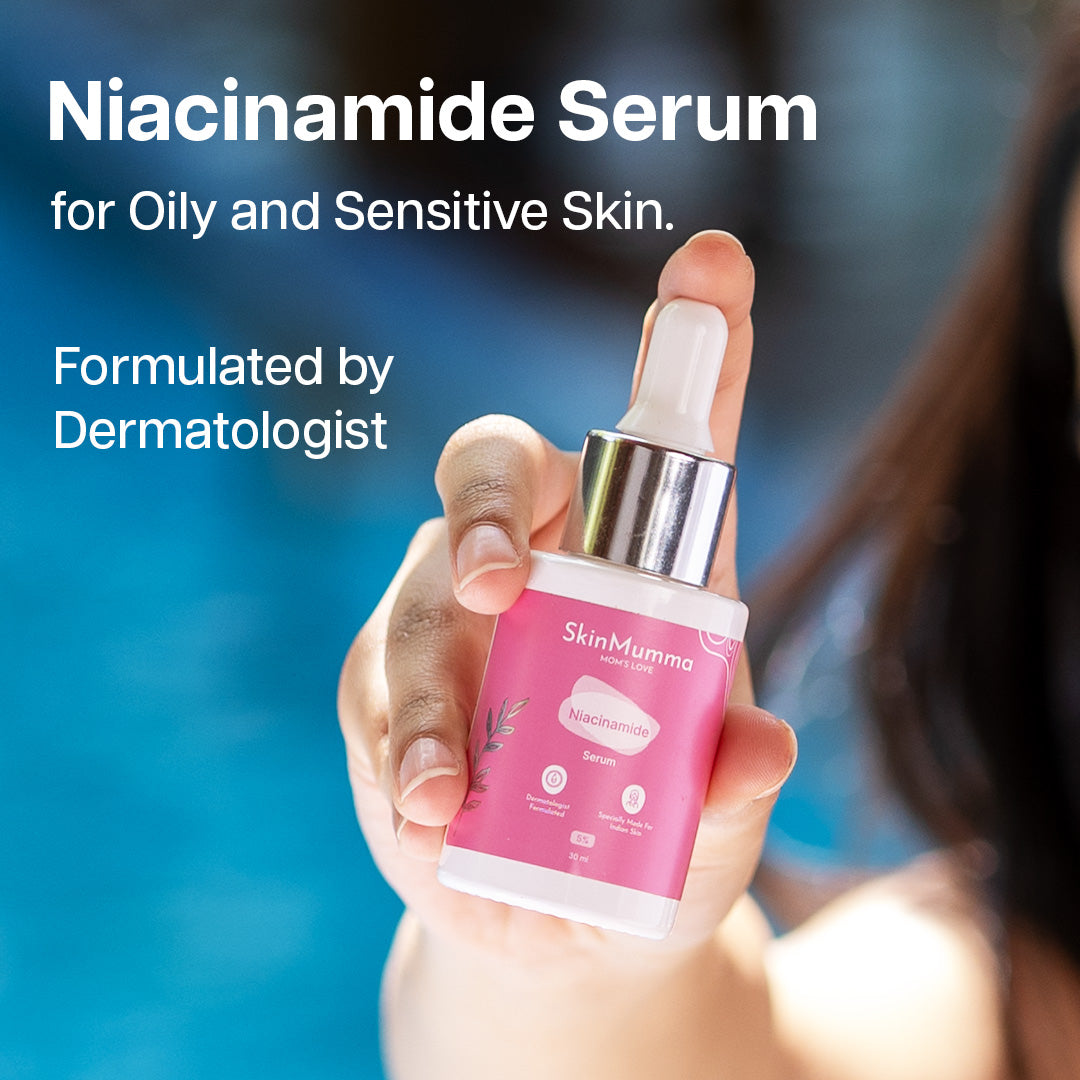
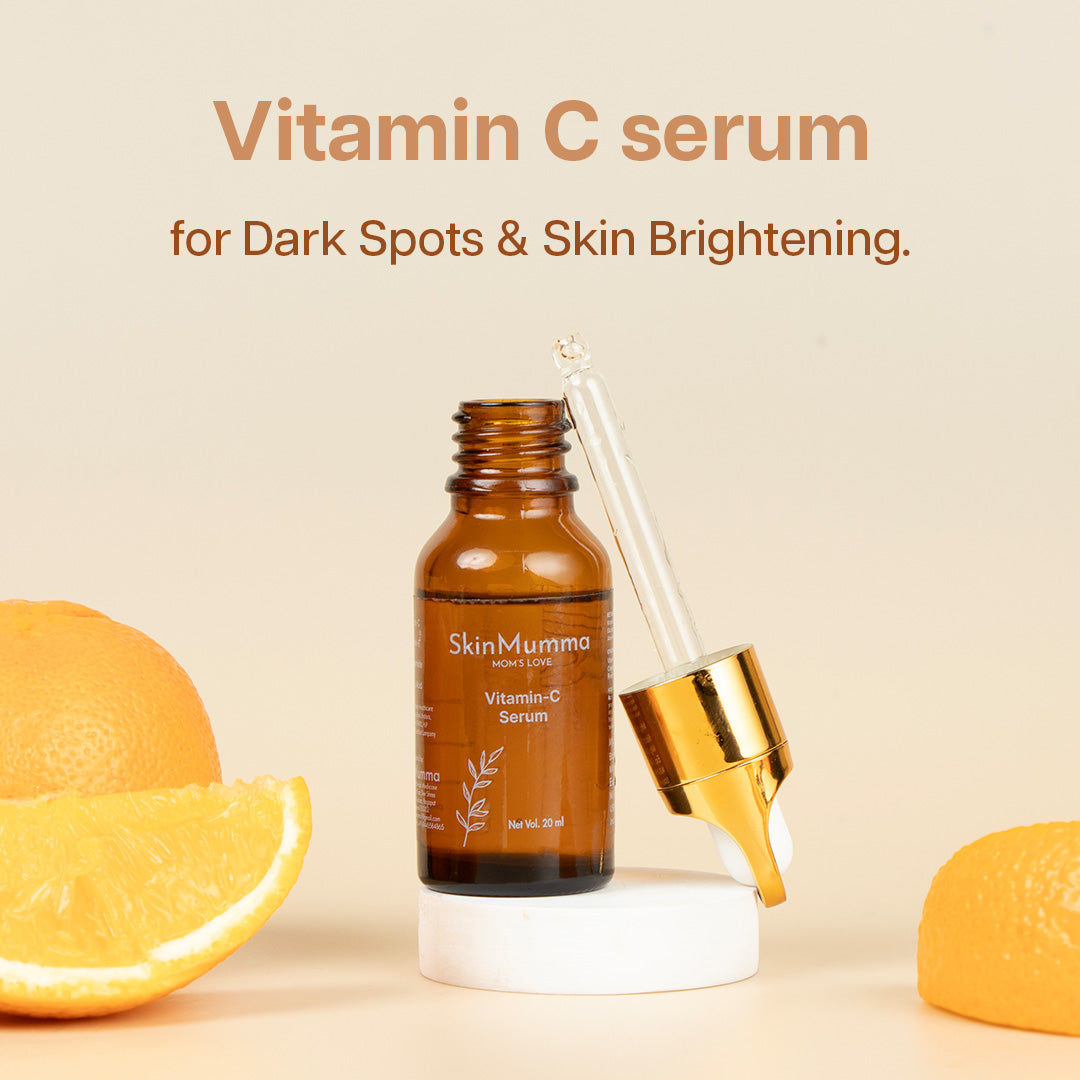




Dr Manisha Bindal is the senior dermatologist and laser skin expert with more than 25 yrs of experience in clinical practice. She has to her credit various advanced skin care procedures and Laser skin treatment protocols including chemical peels, fillers, threads and injections. You can trust the expert hands for any skin or hair related problems or any procedure if need be.